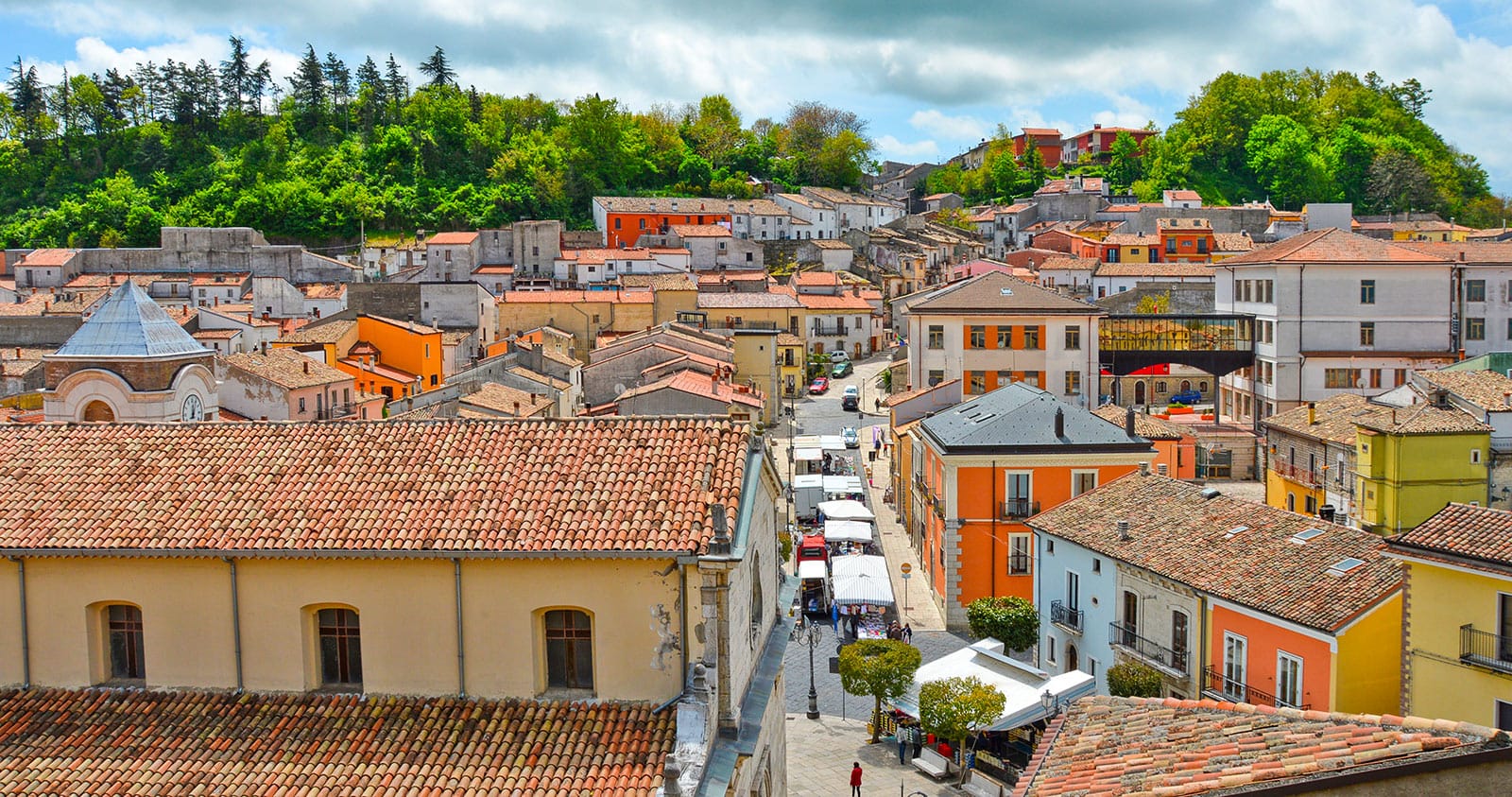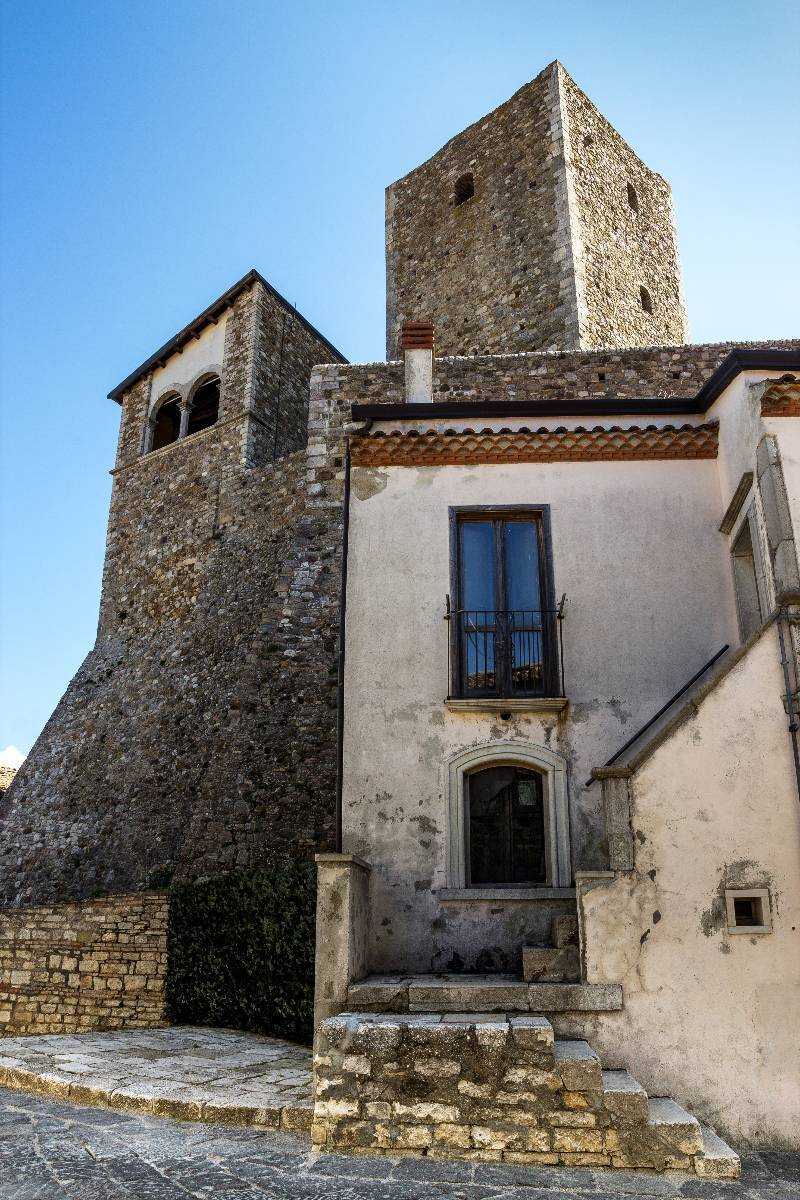The Ducal Castle of Bisaccia was built by the Longobards around the second half of the VIII century. Destroyed by the earthquake of 1198 the manor was rebuilt toward the end of the XIII century by Frederick II of Swabia. At the time of Frederick II the feud belonged to Riccardo di Bisaccia. In the sixteenth century it was transformed into a noble residence.
On the door there is the coat of arms of the family Pignatelli d’Egmont that kept the castle from the end of the XVI at the beginning of XIX century. The masonry structure is constituted by large river pebbles mixed with limestone blocks squared and Malta harsh. The residential area where staied the feudatory, was in the South Wing.
Historically the castello di Bisaccia was one strategically important bastion of control, which was part of a defensive line that had the function of protecting the territories of Puglia west and north. This line of defense, that ran along the via Appia and the Via Traiana and of which they were part, in addition to the fortress of Bisaccia, one of Sant’Agata di Puglia and that of Ariano Irpino, was the work of the byzantine catapano Boioanne Basilio, who realized in the course of its administrative reorganization of the “captained the West”. The castle of Bisaccia in that time it was called Castrum Byzacium or Byzantii and was a defensive outpost of the Byzantine Empire.



